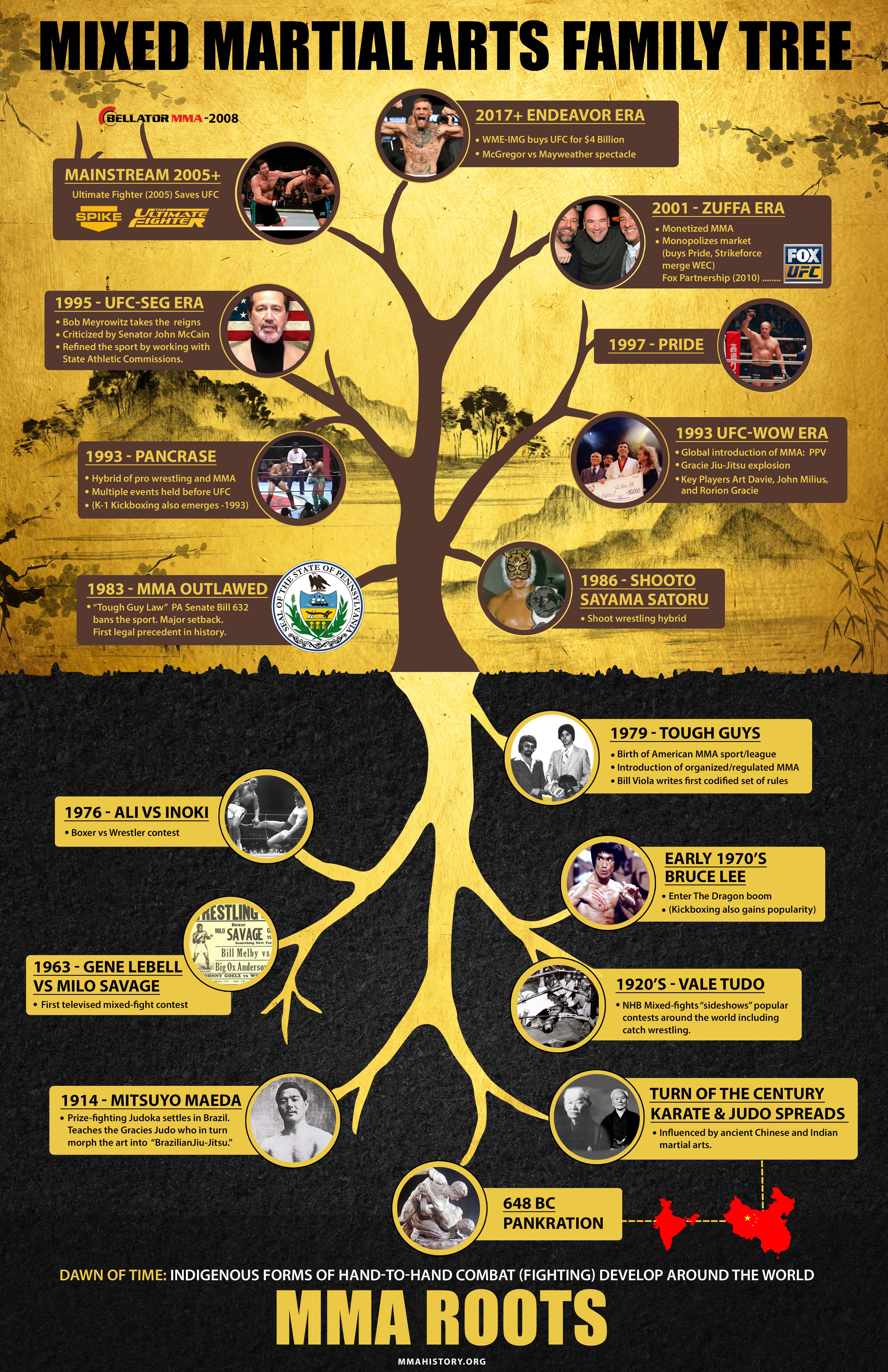The Development And Historical Value Of Martial Arts Throughout Various Societies
The Development And Historical Value Of Martial Arts Throughout Various Societies
Blog Article
Content Create By-Sutton Workman
Martial arts have a remarkable background that spans centuries and continents. You may discover it fascinating just how old practices like Shuai Jiao and Kalaripayattu laid the groundwork for modern fight techniques. source website -controls not just stress physical abilities however likewise reflect the societies that birthed them. As you discover their evolution, think about how globalization has changed these standard forms right into hybrid styles. What historical european martial arts do you think have formed today's martial arts landscape?
Ancient Martial arts: The Structures of Combat
As you explore the globe of old martial arts, you'll find the abundant foundations that formed combat techniques across societies. Early practices focused on Self-Defense and survival, often including strikes, hurting, and weaponry.
In old China, as an example, strategies like Shuai Jiao emphasized throws and joint locks, while India's Kalaripayattu showcased agility and fluid movement. Japanese samurai created Kenjutsu, a refined swordsmanship that highlighted discipline and approach.
These martial arts served not just for battle yet likewise as a way of individual advancement, instilling values like regard and perseverance. The mixing of these methods over time prepared for the diverse martial arts you see today, each showing the distinct viewpoints and demands of its society.
The Social Impact on Martial Arts Development
While martial arts frequently reflect the functional demands of a society, they additionally symbolize the cultural values and beliefs of their origins. When you check out various martial arts, you'll discover exactly how they're affected by religious beliefs, ideology, and social norms.
For instance, the focus on regard and discipline in Japanese martial arts stems from Zen Buddhism and samurai culture. On the other hand, Brazilian Jiu-Jitsu promotes flexibility and method, shaped by the need for effectiveness in a diverse, multicultural environment.
You may locate that the routines, uniforms, and training techniques mirror a community's history and identity. By understanding these social influences, you deepen your admiration of martial arts and their duty fit human experiences across the globe.
Modern Adaptations and the Globalization of Martial arts
Martial arts have changed considerably in current years, adapting to modern society and worldwide impacts. You'll notice that traditional forms have blended with modern-day strategies, producing hybrid styles like mixed martial arts. These adjustments accommodate varied audiences, making martial arts easily accessible and attractive globally.
With the surge of social media and digital platforms, you can find tutorials and competitors from all edges of the globe, damaging geographical barriers. This globalization has led to a shared admiration for numerous disciplines, from Brazilian Jiu-Jitsu to Taekwondo.
As you involve with these arts, you'll recognize they're not almost battle; they promote fitness, technique, and mental health.
Inevitably, modern adaptations have enriched the martial arts landscape, making it a vibrant and progressing practice.
Verdict
In exploring the history and advancement of martial arts, you discover a fascinating mix of strategies, societies, and approaches. From old techniques like Shuai Jiao and Kalaripayattu to the modern versatility seen in MMA, martial arts show mankind's mission for Self-Defense and personal growth. As you engage with these methods, you not only obtain abilities yet also a deeper gratitude for the varied practices that form our globe today. So, continue your trip and accept the art of battle!
